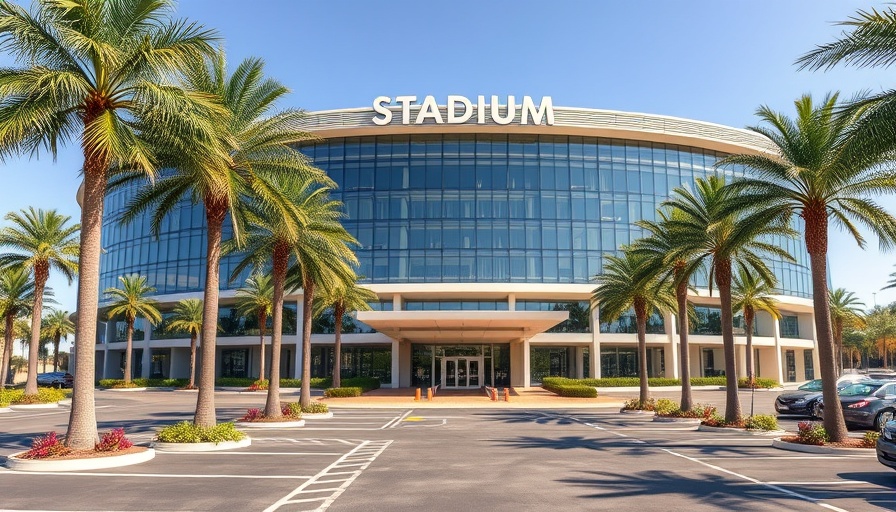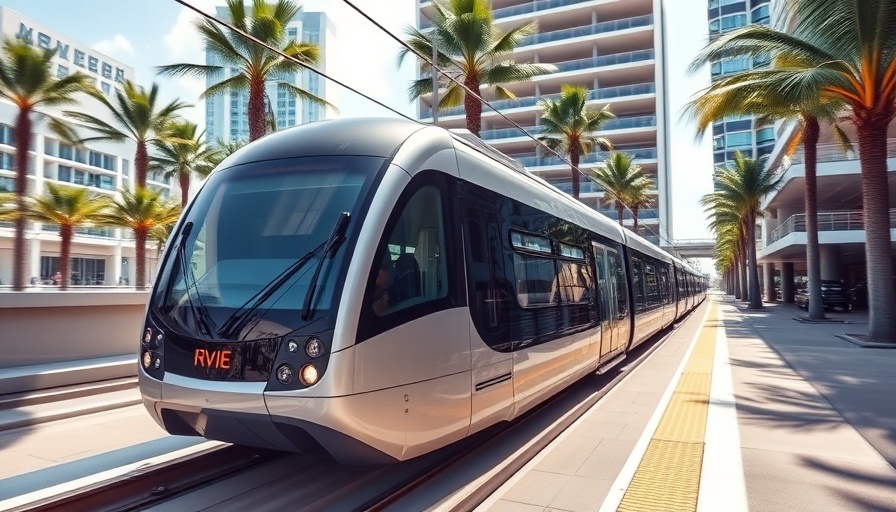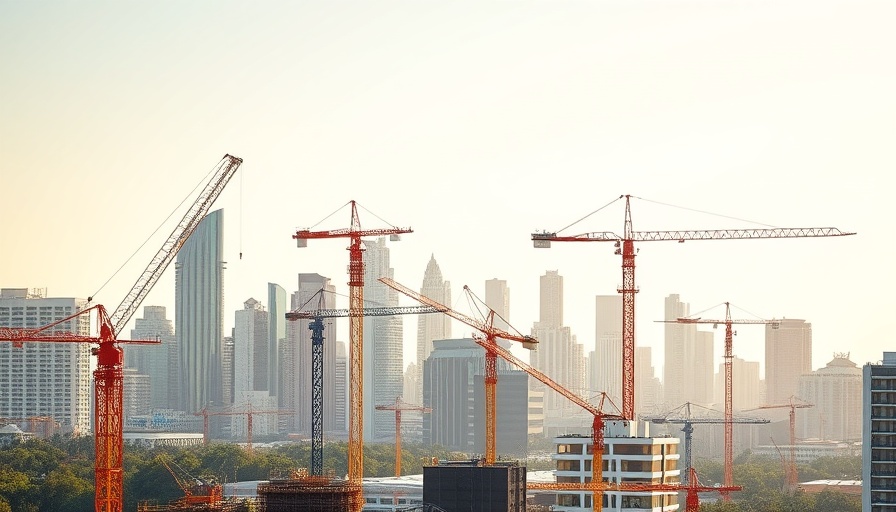
A New Wave of Urban Connectivity: The Biscayne Ferry Project
As cities grapple with the challenges of transportation amidst growing populations, innovative solutions often arise. The recent proposal for a ferry service across Biscayne Bay exemplifies just such an initiative aiming to alleviate urban congestion while enhancing connectivity between different regions of Miami. This plan, part of a broader strategic vision, reveals how water-based transport can complement existing road networks and elevate the city's infrastructure.
The Benefits of Ferry Services
Ferry services present numerous opportunities for urban transport systems. They can significantly reduce the time commuters spend in traffic. On busy days, Miami’s roadways can become bottlenecked, making the ferry an appealing alternative for residents and tourists alike. Furthermore, in a city known for its stunning waterways, using ferries is an environmentally friendly and enjoyable means of travel. With the allure of sailing across picturesque Biscayne Bay, the ferry service can become both a necessity for commuters and a delightful experience for tourists.
Historical Context: Miami’s Relationship with Water
Historically, Miami has been a city shaped by its access to water. From the early days of trade to the establishment of luxury resorts along the beaches, water routes have always played a critical role in the region's development. The proposed ferry service not only reflects this historical reliance but also plays on the nostalgia and pride associated with Miami's coastal identity. Re-establishing ferry routes could evoke memories of Miami's nascent days, thus connecting residents not only physically but emotionally to their city.
Urban Challenges: Why a Ferry is Needed Now
With the increase in cars on the road and the struggles of public transportation, Miami faces unique urban challenges. The city's rapid development has led to increased traffic congestion, making commutes long and frustrating. The ferry service offers a potential solution to these issues, presenting a viable alternative that could ease the strain on roadways and public transport systems. Moreover, as Miami continues to expand, solutions like this ferry service become essential for sustainable urban planning.
Future Predictions: What This Means for Miami’s Transportation Landscape
Looking ahead, the implementation of the ferry service could herald the start of a broader movement towards integrated transport solutions in Miami. As more residents seek efficient means of getting around, the popularity of water transport may grow, spurring additional public and private investments. Other cities have seen a rise in ferry services, leading to improved connectivity and tourism. Miami could very well follow suit, creating a transportation model that combines land and water travel for a holistic urban experience.
Community Impact: Connecting Islands of Culture
Beyond practicality, the ferry service represents a cultural transformation within Miami by connecting various neighborhoods and fostering community engagement. Residential and leisure areas are often situated along the water but can feel isolated without effective transport methods. By linking these cultural hubs, the ferry service could promote business and tourism, giving local economies a much-needed boost and inviting residents to explore different parts of their city.
Conclusion: A Call to Action for Miami
The proposed ferry service across Biscayne Bay is more than just a transportation project; it’s a vision for the future of urban mobility in Miami. As discussions unfold around funding, design, and implementation, community involvement is crucial. Residents and local leaders must advocate for this initiative and ensure it becomes a reality, leading the way towards a more connected, efficient, and enjoyable Miami. Envisioning a future where ferries are a common sight on the Bay could potentially redefine urban transport while enhancing Miami’s vibrant waterfront culture.
 Add Row
Add Row  Add
Add 




Write A Comment